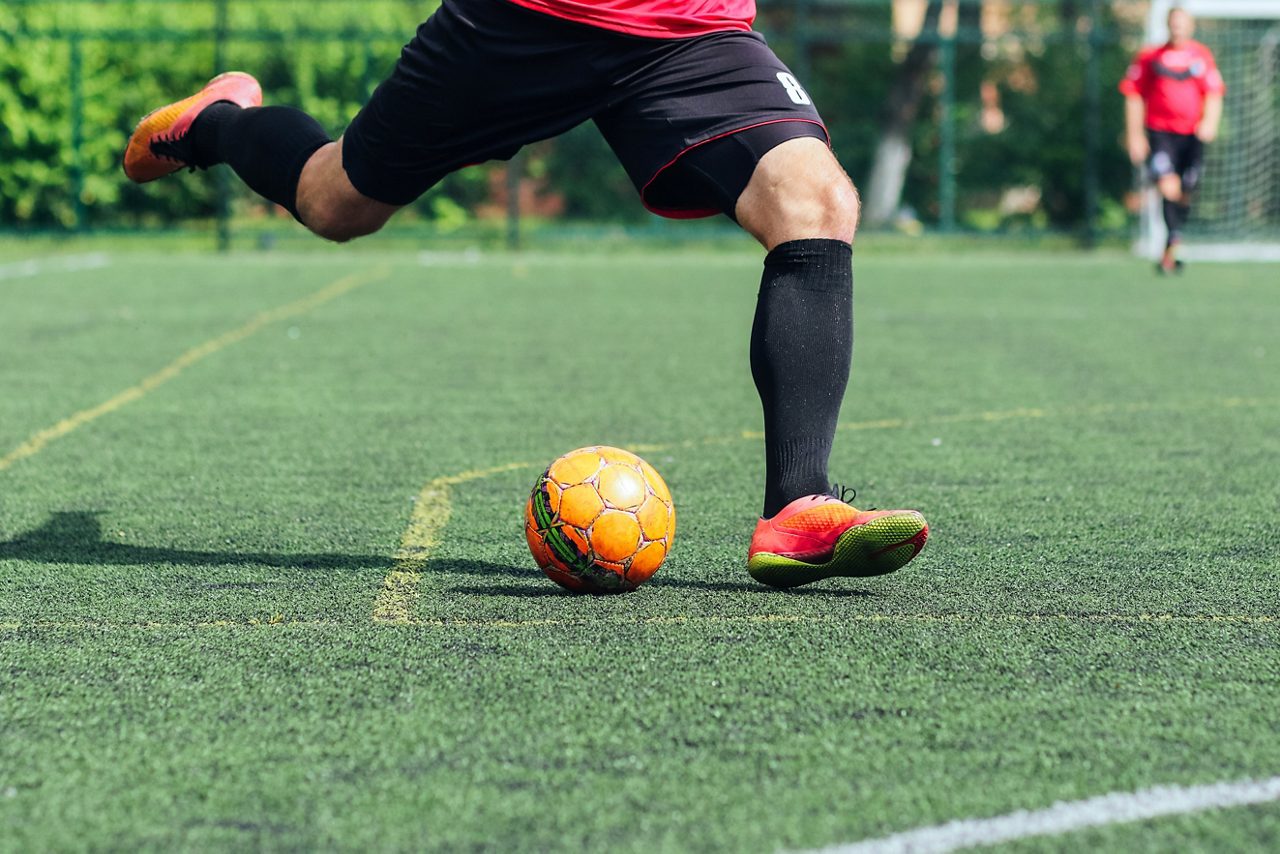Long-Lasting Arizona Artificial Turf for Home and Business Applications
Long-Lasting Arizona Artificial Turf for Home and Business Applications
Blog Article
Explore the Environmental Conveniences of Opting for Artificial Grass Solutions
The fostering of fabricated grass remedies provides an engaging opportunity to attend to pushing environmental difficulties. By significantly decreasing water use and lessening the application of unsafe chemicals, these options not just advertise sustainable landscaping but additionally shield neighborhood ecosystems.
Water Conservation Advantages
One of the most substantial advantages of synthetic lawn is its capacity to save water. In comparison, synthetic lawn does not need watering, dramatically decreasing the total need for water resources.
By eliminating the requirement for normal watering, synthetic lawn adds to sustainable landscape techniques and helps alleviate the environmental effect of extreme water consumption. In addition, the preservation of water extends to the reduction of drainage, which can cause soil disintegration and river pollution.
Additionally, the installment of fabricated grass permits property owners and districts to assign water sources much more successfully, concentrating on crucial usages such as alcohol consumption water and farming. The change in the direction of man-made lawn not just advertises responsible water usage however also aligns with more comprehensive ecological objectives aimed at preserving natural deposits.
As communities increasingly focus on sustainability, the water preservation advantages of synthetic grass offer an engaging instance for its fostering in property and business landscaping projects.
Lowered Chemical Use
The shift to man-made grass dramatically reduces the reliance on chemical treatments generally used in all-natural lawn maintenance. Standard grass management usually involves the application of herbicides, chemicals, and fertilizers to promote development and control parasites. These chemicals can posture dangers to human health, neighborhood wild animals, and the atmosphere, contributing to soil and water contamination.
In comparison, synthetic turf removes the need for these unsafe substances. By minimizing the release of synthetic compounds into the ecosystem, man-made lawn advertises healthier dirt and water systems.
Moreover, the absence of chemical runoff related to fabricated lawn installments assists secure local waterways from contamination, sustaining water life and maintaining biodiversity. Phoenix turf companies. As areas progressively focus on sustainable methods, going with fabricated turf presents a viable solution that aligns with environmental conservation goals. Via this shift, residential or commercial property owners can delight in rich eco-friendly rooms without compromising eco-friendly health, paving the way for an extra lasting future
Reduced Carbon Impact
Moreover, the setup of synthetic grass can result in significant water conservation. All-natural grass need substantial quantities of water for irrigation, which not just includes in the carbon impact linked with water removal and treatment however additionally strains neighborhood water resources. In comparison, synthetic grass requires very little upkeep, calling for no watering, thereby considerably minimizing water additional info use and its linked energy prices.
Furthermore, the long life of artificial turf adds to its reduced carbon effect. With a life expectancy of approximately 15 years or even more, the requirement for regular substitutes is lessened, causing less waste and reduced power usage in manufacturing and getting rid of typical lawn choices. On the whole, synthetic grass provides a sustainable option for environmentally aware landscape design.
Habitat Preservation
Habitat preservation is an important factor to consider in the dispute over landscaping selections, specifically when contrasting man-made turf to all-natural lawn. Natural grass yards typically call for considerable maintenance, including using herbicides, plant foods, and chemicals, which can negatively impact neighborhood environments. These chemicals can seep right into the soil and rivers, harming indigenous flora and fauna and disrupting neighborhood environments.
Artificial grass removes the requirement for dangerous chemicals, thus protecting close-by wildlife and preserving the stability of surrounding ecosystems. The installment of artificial turf can lead to the conversion of former lawn areas into more biodiverse landscapes, such as pollinator yards or native plant areas, which can sustain neighborhood wild animals.
Eventually, the change to synthetic grass not just saves water and lowers upkeep efforts but also promotes a much more harmonious partnership in between human activities and the native environment, promoting environment preservation in the procedure.
Long-Term Sustainability
Long-term sustainability is an important consider evaluating the advantages of fabricated lawn over conventional turf yards. Among the most substantial advantages of man-made lawn is its longevity; it can last as much as 15-20 years with marginal maintenance, whereas natural yard needs frequent reseeding and replacement. This long life decreases the demand for consistent sources, such as water, fertilizers, and chemicals, which are important for preserving a healthy yard this link lawn.
In addition, man-made lawn adds to a decrease in carbon discharges related to grass care tools. Conventional grass commonly need gas-powered lawn mowers, trimmers, and blowers, all of which add to air contamination. Artificial turf companies phoenix. On the other hand, click here for more info synthetic grass gets rid of the demand for such devices, advertising a cleaner setting
Moreover, the production of synthetic lawn increasingly uses recycled products, enhancing its sustainability profile. As makers take on environment-friendly techniques, the environmental footprint of artificial turf remains to diminish.

Conclusion
The adoption of synthetic grass remedies offers significant environmental benefits, consisting of significant water preservation, reduced reliance on hazardous chemicals, and a lower carbon footprint. Man-made grass aids in preserving natural habitats by minimizing land disruption and promoting lasting sustainability with the use of durable materials. Jointly, these elements underscore the capacity of synthetic grass to add favorably to environmental health and wellness and offer a feasible choice to typical landscape design methods in a significantly resource-conscious globe.
In contrast, artificial grass does not require watering, significantly reducing the general need for water resources. By minimizing the release of synthetic substances into the ecological community, man-made turf advertises healthier dirt and water systems.
In addition, the installment of man-made lawn can result in significant water preservation. In contrast, man-made turf needs marginal maintenance, requiring no watering, therefore considerably lowering water use and its connected energy prices.

Report this page